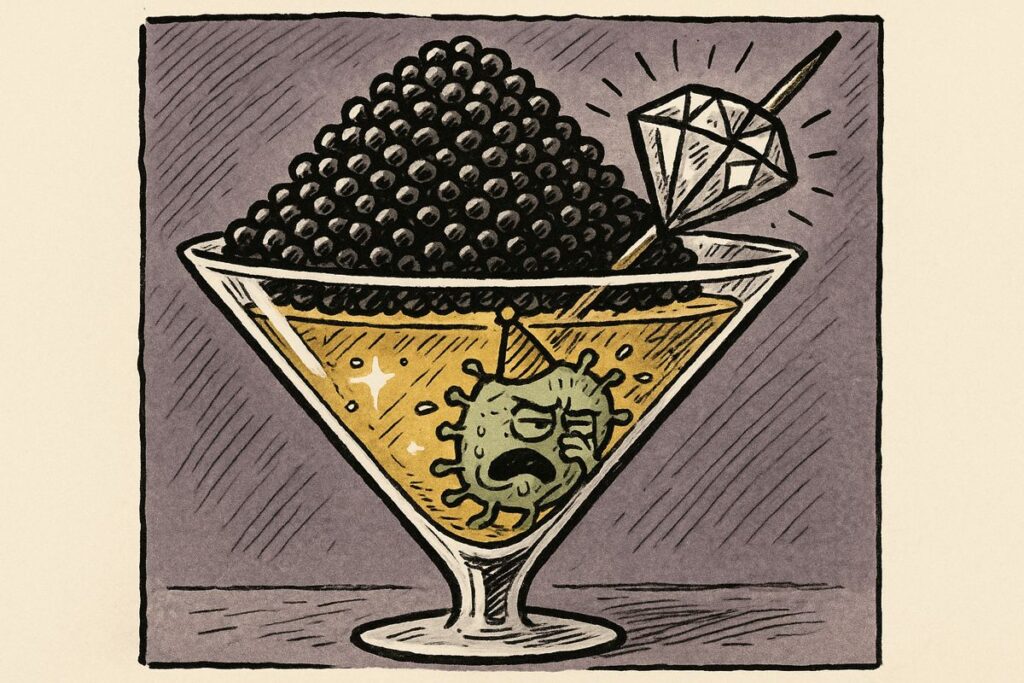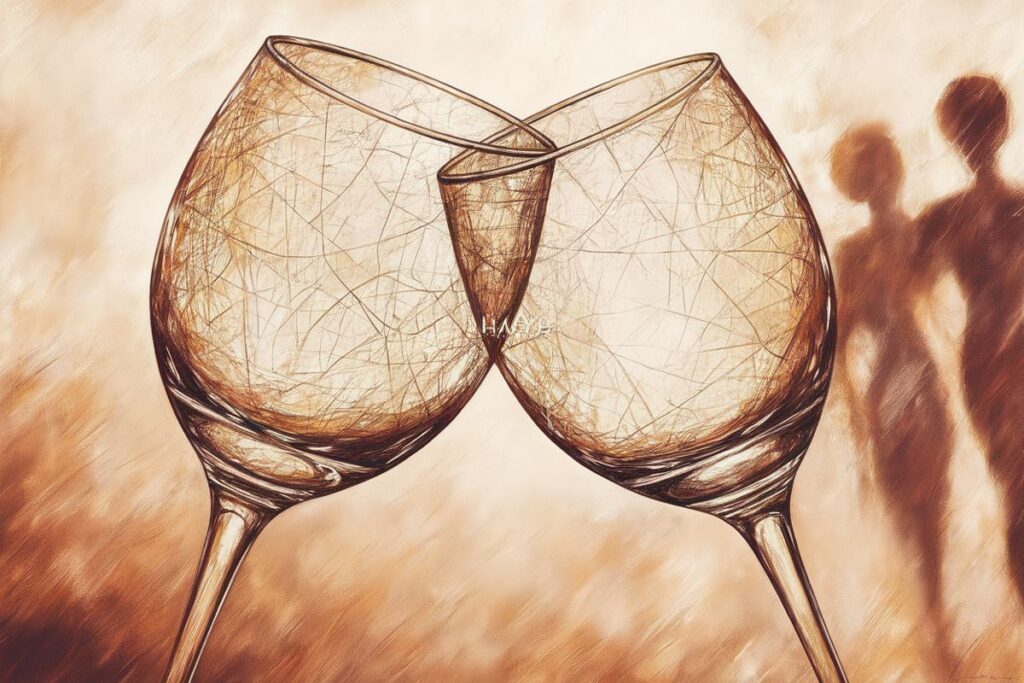A New Pinnacle of Luxury Drinking
Cote Miami, a high-end Korean steakhouse in the heart of Miami, recently unveiled a cocktail that has quickly become the talk of the nightlife scene: the $850 Vintage Vault Martini. This opulent drink is crafted with a 30-year-old Chopin potato vodka, a spirit from the famed Polish distillery’s first release. The vodka, selling for $3,000 a bottle, is so exclusive that patrons require a special invitation even to order the martini. Served in a custom glass with lavish garnishes and accompanied by Petrossian caviar, the Vintage Vault Martini is marketed as the ultimate status symbol for connoisseurs and those seeking to signal their place atop the social hierarchy.
The Allure of Exclusivity and Status
The marketing behind the Vintage Vault Martini taps into classic luxury cues: rarity, bespoke presentation, and association with elite experiences. Only the finest ingredients—no vermouth, just a splash of orange bitters—are used, and each component is designed to heighten the sense of exclusivity. Sondre Kasin, Cote’s director of bars, describes the caviar pairing as “rich and delicious, yet subtle enough not to overpower the elegance of the vodka.” For many, this drink is about more than flavor; it’s a symbol, a marker of access, and a performance of taste and wealth.
Behind the Glitz: The Illusion of Premium Alcohol
Yet, beneath the celebration of craftsmanship and extravagance lies a familiar playbook of alcohol industry marketing. The use of rare bottles, stories of centuries-old traditions, and reverent attention to detail are not new; they are strategies designed to elevate alcohol from an everyday product into an aspirational artifact. By wrapping alcohol in narratives of sophistication and exclusivity, the industry seeks to distract from its core reality: alcohol remains, at its foundation, a toxic substance that offers no physiological necessity and carries well-documented risks.
The concept of “drinking culture” has long been promoted to distance the industry from its product’s harms. Just as a beautiful bottle can hide the bitter contents within, luxury marketing can mask the fundamental truth of alcohol’s effects. The Vintage Vault Martini, with its astronomical price and invitation-only status, is a potent example of how allure and aspiration are used to obscure the nature of the substance itself.
Alcohol’s True Nature: Price and Presentation Don’t Change the Facts
No matter how rare or expensive the vodka, or how exquisite the garnish, alcohol remains a poison with delayed, often undetectable effects. While premium marketing may suggest that some drinks are in a class of their own, the underlying risks and lack of necessity remain unchanged. As some experts point out, the damage alcohol inflicts on the body is no less real because it is served in crystal or paired with caviar.
The myth that luxury spirits are somehow “better” for the drinker is simply that—a myth. Premium branding does not alter the effects of ethanol on the human body. The only difference is the price tag, the narrative, and the veneer of exclusivity. In the end, alcohol’s impact remains, no matter how it is dressed up or sold.
The Takeaway: Beyond the Marketing Mirage
The Vintage Vault Martini is the latest—and perhaps most flamboyant—example of the alcohol industry’s talent for selling aspiration and status. But as the cost of cocktails climbs ever higher and the stories become more elaborate, it’s worth remembering: alcohol, whatever its packaging or pedigree, is not a necessity and does not become less harmful through luxury branding. Recognizing this truth is essential in seeing past the marketing and making informed choices about what we consume.



